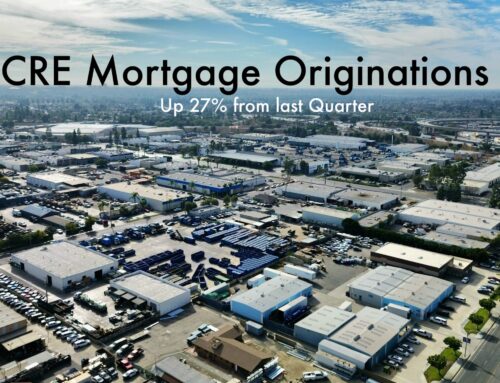New Tax Rules
New provisions restrict the deductibility of business interest for companies with gross receipts in excess of $25 million. Now interest totaling just 30 percent of earnings before taxes, depreciation and amortization can be deducted on taxes. [2]
Federal Interest Rates
The Fed’s next policy meeting is scheduled for June 12-13 and the market has priced in a 100% probability of the Fed increasing the target rate 25
Sale-Leasebacks
Private Investors find these assets particularly appealing because of their very limited management needs and their steady income stream. Also, vacancies are minimized due to the typical long-term nature of sale-leaseback terms. bps to 1.75-2.00%, which would imply a LIBOR around 2.15%. [3]
New tax rules motivate Industrial Owners to pursue sale-leasebacks. The convergence of several factors has increased the appeal of sale-leaseback options for companies that own their building. The evolving Industrial climate has pressured many businesses to adopt creative strategies to increase their profitability. Under the old tax rules, some business owners preferred to lock in their costs by purchasing the real estate in which they operate, but this could change under the new tax law.
Previously, companies could deduct all of their interest expenses on their taxes, but the new provisions restrict the deductibility of business interest for companies with gross receipts in excess of $25 million. Now interest totaling just 30 percent of earnings before taxes, depreciation and amortization can be deducted on taxes. As a result, businesses may shift strategies and sell the real estate in which they operate to investors and lease it back from them. This eliminates the interest expense of the mortgage tied to the real estate and transforms that cost into a lease, which is generally fully deductible. Because sale-leasebacks often have extended lease terms and allow the seller-turned-tenant to maintain the property, there are few operational differences. As an added benefit for the seller, this process also unlocks the equity of the property, providing additional capital to grow operations.
Private investors, motivated by ease of operations and steady cash flow, were more active buyers of the sale-leaseback industrial assets in 2017 than institutional investors and REITs, according to the report.
Sources: CoStar Group, Inc [1]; Marcus & Millichap Research Services 1st Half 2018 Commercial Real Estate Investment Outlook [2]; Cushman & Wakefield Equity, Debt & Structured Finance Capital Markets Update [3]






